Products
Reverse transcriptase relies on RNA templates to synthesize cDNAs. Typically, under cooler conditions, the secondary structure of RNA with high guanine and cytosine contents, hinders the synthesis of cDNAs. Consequently, enhancing the tolerance of reverse transcriptase to elevated temperatures has been a prevalent approach with the intention of unraveling the RNA's secondary structure at higher temperatures, thereby increasing both the length and the yield of the cDNAs. However, high temperatures degrade RNAs, which may disrupt precious and rare samples, affecting the subsequent analysis. TeloScript reverse transcriptase binds strongly to RNAs and is capable of handling complex RNA templates. This enzyme can generate cDNAs up to 15kb at 42℃ within just 15 minutes without the need to increase the reaction temperature.
Additionally, its ability to switch templates quickly, coupled with high tolerance to inhibitors and impressive thermal stability, makes it an outstanding choice to suit your diverse needs.
Advantages
Reverse transcribes at 55℃ due to its good thermal stability.
Tolerates common inhibitors.
Synthesizes cDNAs up to 15 kb.
Handles complex RNA structures without the need to optimize the reaction temperature.
Switch templates quickly and has high sensitivity, suitable for single cell RNA seq.
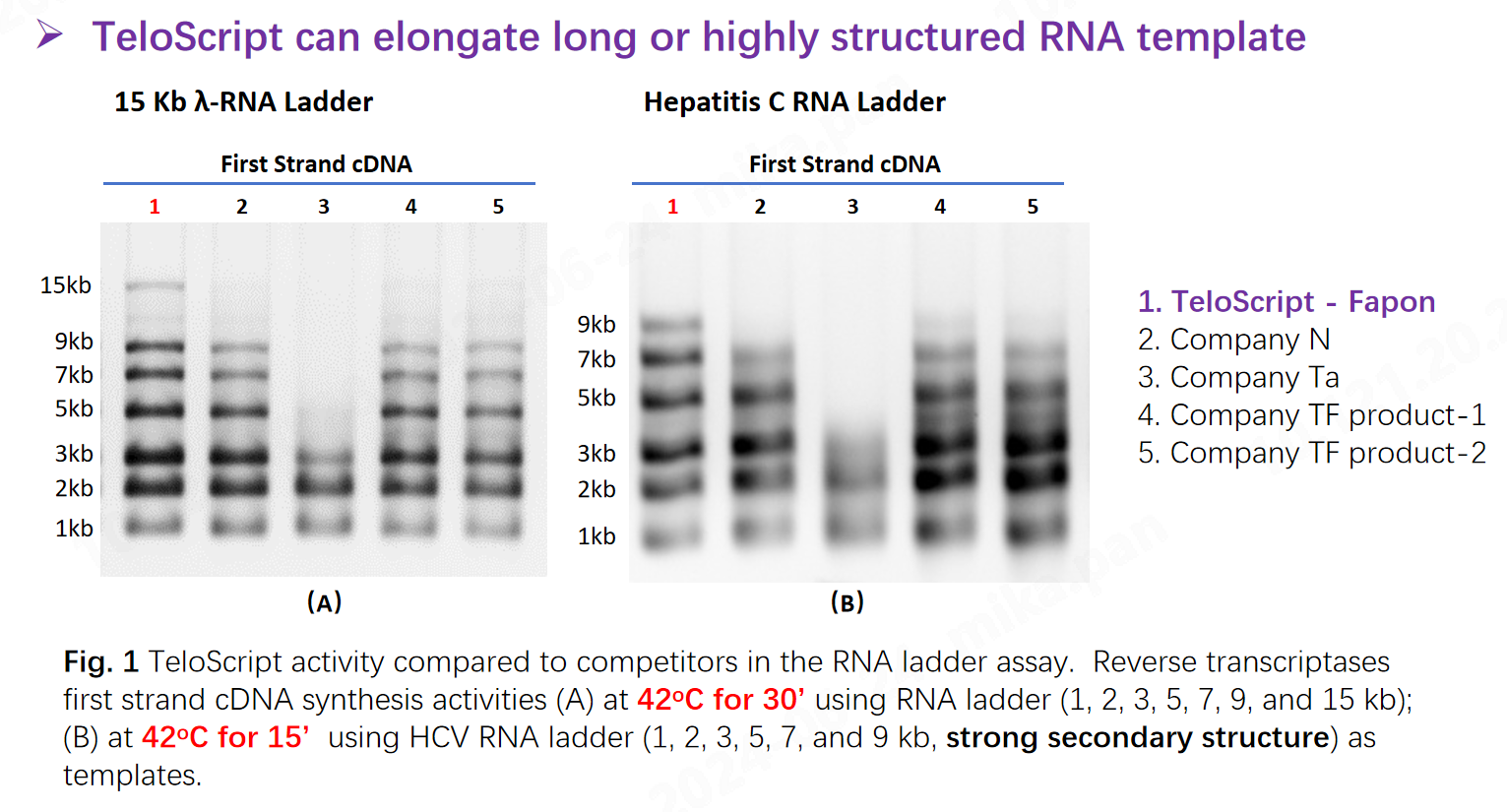
With the ability to handle complex RNA structures, TeloScript RT can quickly synthesize cDNAs up to 9 kb without the need optimize reaction temperatures.
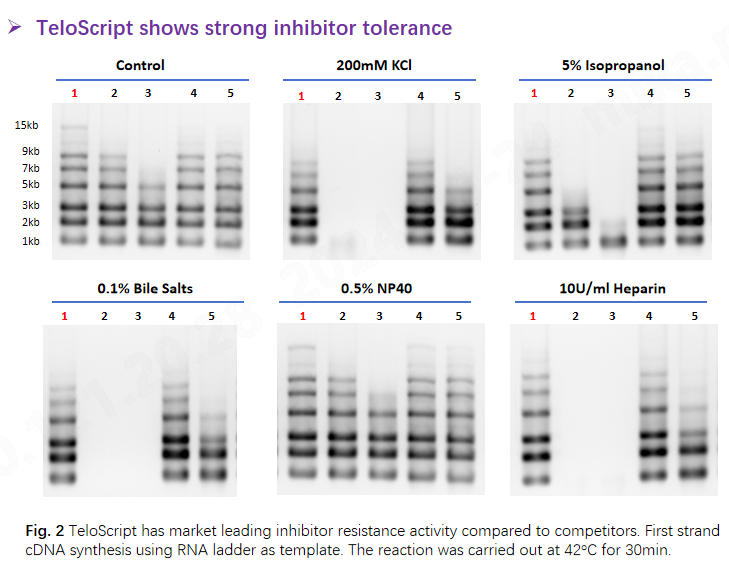
TeloScript RT's toleration to inhibitors maximizes the tranion efficiency for all samples.
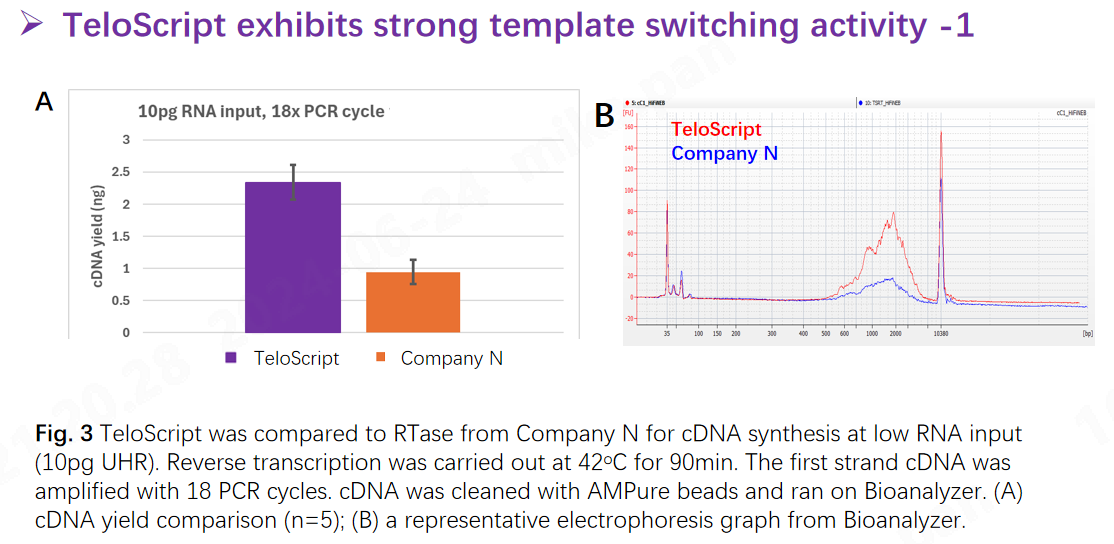
The high sensitivity and template switching property of TeloScript RT enables the capture of low abundance targets.
Composition
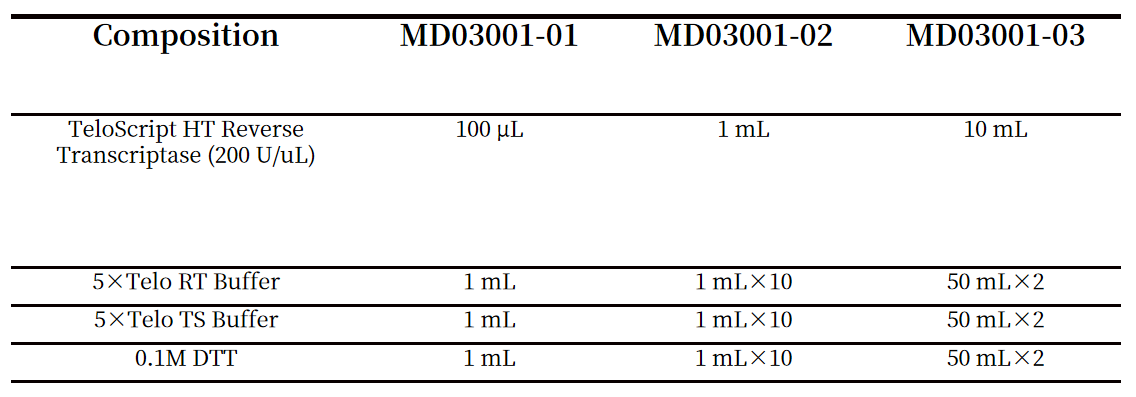
-
QDoes TeloScript RT display terminal deoxynucleotidyl transferase (TdT) activity?AYes.
-
QDo I need to treat my RNA samples with DNase when using TeloScript RT?AYes, DNase treatment is highly recommended when any amplifcation will be performed after cDNA synthesis. Our DNase enzyme protocol is an extremely simplified genomic DNA removal step that occurs immediately before reverse transcription, and does not require re-purification of the RNA. This dramatically reduces the time of the entire reverse transcription protocol and reduces RNA loss or damage that can occur during conventional DNase treatment.
-
QCan TeloScript reverse transcriptase be used at high reaction temperatures to reverse transcribe targets with secondary structures?AYes. TeloScript reverse transcriptase sustains 80% activity up to 55 ℃. The enzyme's ability to function at high temperatures enables the reverse transcription of RNA targets with complex secondary structures. In general, you do not need to optimize the reverse transcription temperature and can successfully complete reverse transcription containing RNA secondary structures at a lower temperature (we recommend 42 ℃) to protect your precious samples.
1. Roth, M.J., Tanese, N. and Goff, S.P. (1985). J. Biol. Chem.. 260, 9326-9335.
2. Kotewicz, M.L. et al, (1988). Nuc. Acids Res.. 16, 265-277.
3. Lim, D. et al, (2006). J. Virol.. 80, 8379-8389.
4. Sambrook, J., Fritsch, E.F. and Maniatis, T. Cold Spring Harbor: Cold Spring Harbor Laboratory Press.(Ed.), Molecular Cloning: A
5. Laboratory Manual. 1989, pp. 5.52-5.55, 8.11-8.17.
Join us for a better future of IVD.
If you have any question or need any support, please fill out the information below.

